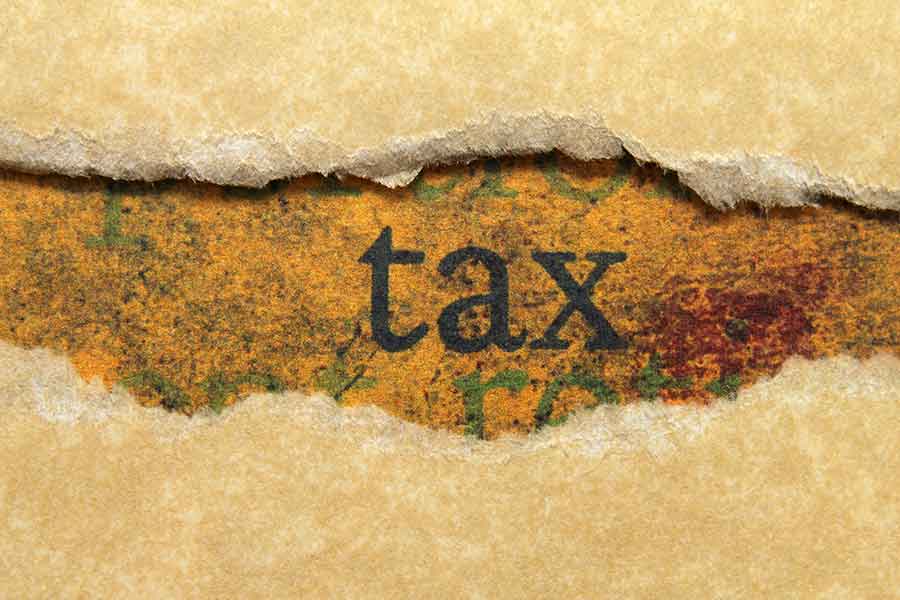The history of income tax in the United States is an interesting one; with many changes along the way to how income is taxed and even changes to what is considered income. Benjamin Franklin said it best in a letter to Jean-Baptiste Leroy in 1789: “Our new Constitution is now established, and has an appearance that promises permanency; but in this world, nothing can be said to be certain, except death and taxes.”
Here are 10 interesting tax facts you may not know:
- US Tax Timeline: The first income tax in the United States was created to help finance the cost of the Civil War in July 1861 and was 3% of all income earned over $800. In 1862, the income tax was replaced by tiered income tax rates. Our current tax system was created right before World War I, in 1913.
- Taxes Discriminate: While employers and schools are not allowed to discriminate, the U.S. government can and does discriminate when it comes to tax laws. If you are a straight, married couple you are treated differently than a gay couple. If you rent a home instead of becoming a homeowner, you are treated differently regarding taxes. Some of the tax laws benefit people who qualify for them; while others create additional expenses for those who don’t qualify.
- Top Income Earners Used to Pay More Taxes: Before 1981, the top income bracket of taxpayers had paid as much as 94% in taxes. In 1981, The Economic Recovery Tax Act lowered the top tax bracket down to 50%.
- Taxpayers Fund Presidential Campaigns: During the 1970s, a check-box on income tax forms allowed taxpayers to contribute to the Presidential Campaign Fund. More than $1 billion has been provided to primary election candidates for the presidency with almost 90% of presidential candidates using the money during their campaigns. Governor George Bush did not use the public funds in 2000, and Barack Obama was the only major party nominee to decline public funds in the general election.
- Tax Law and Regulations Described in over 5.5 million words: Not even the Declaration of Independence, the Gettysburg Address or the Holy Bible compare to the number of words in the United States tax law and regulations. In fact, even if you add all of the words in each of these documents, it doesn’t equal the number of words used to describe the tax law and regulations.
- The so-called easy tax form, 1040EZ, contains 43 Pages of Instruction: The 1040EZ, designed as the easiest income tax form to fill out.
- Millions of People Overpay Taxes Annually: Many Americans are overpaying significant amounts to the IRS because they don’t claim all of the tax deductions and credits they’re entitled to. For the most part, it is believed this is a result of people not understanding the tax laws and forms they have to fill out as they are overly complicated.
- A Growing Number of American Households Don’t Pay Federal Income Taxes: about 1/3 of American households pay only state income taxes. The number of people avoiding federal income taxes is growing each year.
- History of e-File: The first income tax return to be e-filed was in January 1986. Three years later, 36 states had e-file capability, and by 1990 – everyone had the option to e-file their taxes.
- Over 1.2 Million Tax Accountants – The United States has more Federal or IRS tax accountants than soldiers. Americans need to hire tax professionals to help them understand the forms and file their income taxes annually, creating the need for millions of tax accountants.



Leave a Reply
You must be logged in to post a comment.